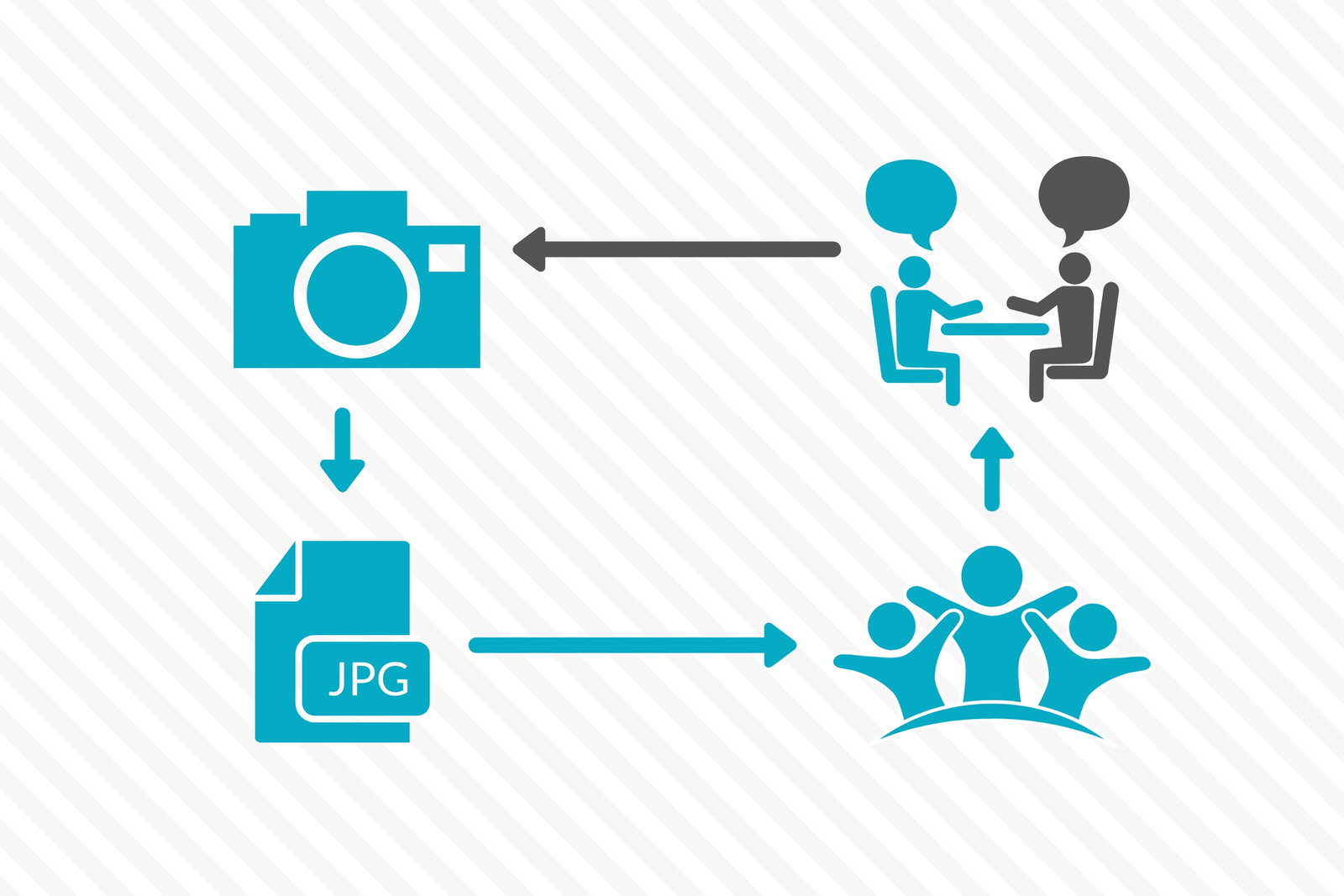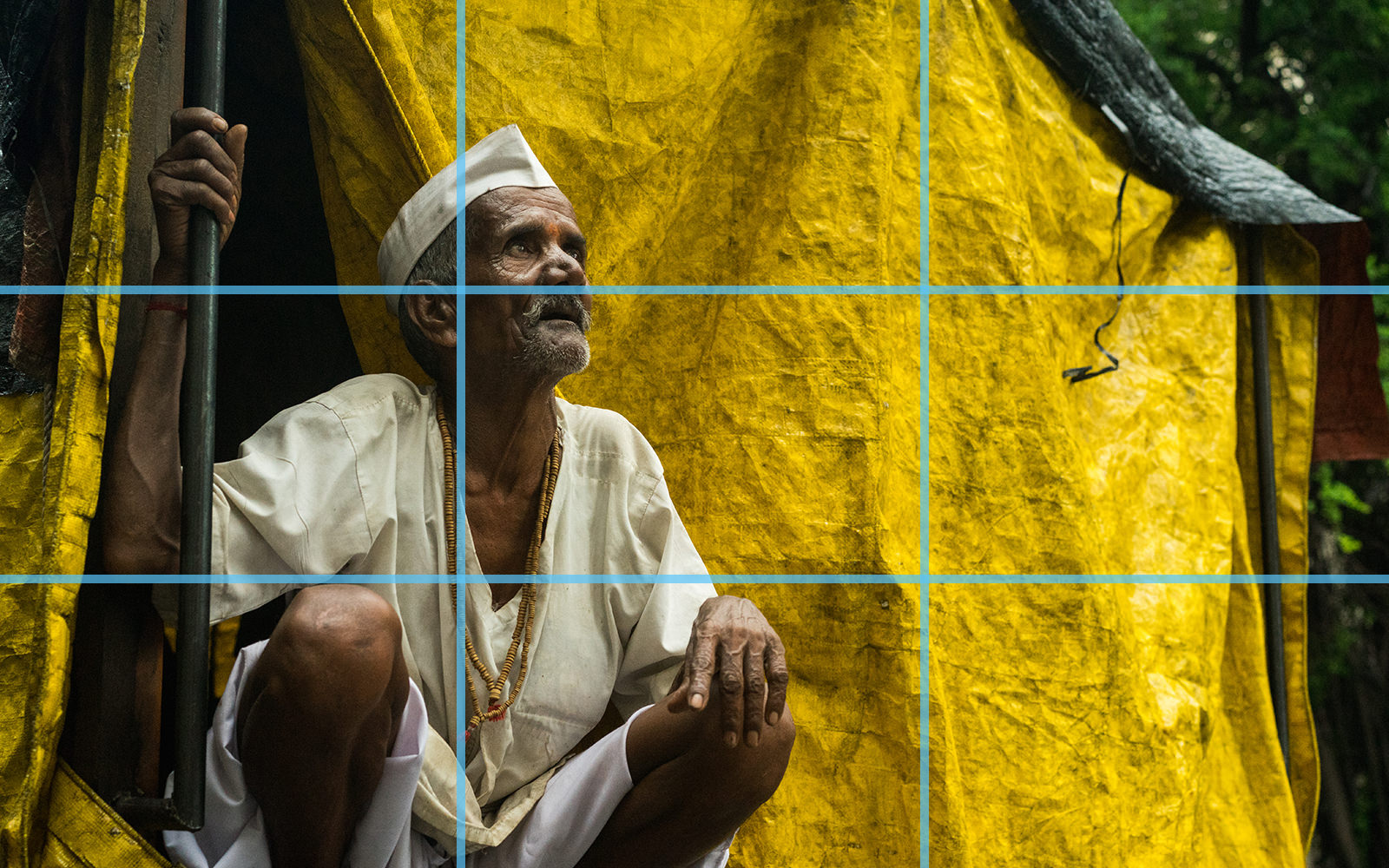
A Guide to Industry Standards for Professional Photographers and Their Clients
Whether you’re gearing up to launch a photography business or smack in the middle of your search for a wedding photographer, there’s something you’ve probably been looking for: a set of standards for the photography industry. Chances are, that’s been a tough search.
Digital photography turned an expensive, highly-skilled industry into an accessible, comparatively affordable one (after those first few years, when a Kodak DSLR would set you back around $30,000). Though many industry leaders still have a formal education, the top professional photographers in your area may have the same qualifications as the budding momtographer at your local playgroup.
That’s where PHLEARN’s guide to industry standards comes in. We’re going to talk about some basic industry standards you may not be aware of and some things that aren’t necessarily the standard which we really think should be. For photographers and clients alike, the goal is to have a better, more realistic understanding of today’s photography industry by the end of this article.
Helpful Resources:
Branding and the Client Experience
It’s surprising how many photographers skip the vital step of building a brand when they dive into the photo business world. Building a brand is about more than just picking out some pretty colors (although that never hurts and it’s a great way to visually demonstrate the tone of a business). At its very core, a brand is just a fancy way of talking about reputation.
Of course, a reputation isn’t always something that can be controlled. Opinion is a fickle thing, so businesses use good branding to nudge a client’s perception in the right direction while allowing them to arrive at their final destination independently. (Think Inception, minus the angry wife.)
So legit photographers should not only be instantly recognizable by their brand, but by the client experience they provide. They should have a clear process that can be laid out at the beginning of a working relationship. The photographer is the expert in their relationship with a client, so if a client ever asks what comes next in the process and the photographer can’t give a clear answer, that’s a red flag.
When we say that a photographer should know their own workflow, we mean that they should be able to tell their client at least these six things as soon as they know the requirements for the project:
- Anticipated turnaround, including post-processing
- When and how payment(s) should be made
- How much the work will cost if all goes as planned
- Which documents should be signed and at what point in the process
- How many and what types of deliverables the client will receive
- How the client will receive those deliverables when they are ready
Further Reading:
Our article, “The Hirable Photographer” lays out different tools a photographer can use to create an efficient workflow and why it’s so important for them to know their own process.
Professional Photography Pricing and Payment
A photography business is a creative business, but a business nonetheless. “Working for exposure” is for hobbyists, students, and family members in a very awkward position. If a professional photographer chooses to donate or gift their services to you, consider yourself to be pretty special. A lot of work and personal investment goes into those Pinterest portraits you’re asking to recreate.
On the photographer’s side of things, there should be a pricing structure in place. Even if that photographer offers custom packages, they should be able to explain how their pricing works.
They should also have a clear way of receiving payment. (Photographers: look into PayPal Business. You can get a free card reader and invoice online for free, as well.) If a photographer asks for the check to be made out to them personally and not the name of their business, it’s not necessarily a red flag. It does mean, however, that they don’t have a business bank account. Which at best means this is their side gig and at worst means they’re trying to fly under the tax radar.
Common photography pricing structures include:
- Charging by the image
- Charging by the hour or day
- Package deals
- Custom pricing that combines different services à la carte
A photographer should also expect a deposit. This means they take bookings seriously and have an incentive to take the client’s time seriously as well.
Further Reading:
“The Definitive Guide to Pricing Your Photography or Design Work” is a comprehensive overview of pricing in the photography industry. It also talks about pricing other types of visually creative work.
Legal Considerations
We’ll say it loud for the people in the back:
The copyright of a photo is not necessarily yours just because you or your product appear in it.
This one is very important for both photographers and their clients to understand, because it can get very nasty otherwise. If a client wants the copyright to their images, that needs to be in the contract.
Guess what, photographers? That could apply to your second shooters as well, especially if they’re working in a freelance capacity.
Privacy and Photography
A photographer should also know where it is and isn’t legal to shoot, or they should be comfortable making the right contact to confirm it. Public locations are usually safe enough, but local law may dictate some things. And just because a location (such as a store) is publicly accessible doesn’t necessarily make it public in photography terms.
That’s why a photographer should also use releases as a routine step in their workflow. A model release could allow them to submit a client’s wedding portraits to a magazine, for example, or post the photos to social media to promote their business. There may also be occasion to use a property release, as well.
Quite apart from models and locations, a release of liability is also standard. This tells the client exactly what their photographer is and isn’t responsible for.
By the way, all of this should be laid out in a contract. A contract is a way to protect the photographer from unreasonable expectations on the part of the client, and it protects the client from getting less than they agreed to. If a professional photographer does not use some form of contract or written agreement, that is a red flag.
Further Reading:
In “The Biggest Ways Being Blind to Intellectual Property Laws Can Hurt Your Photography Business,” Rachel Brenke from TheLawTog® talks about more legal considerations for photography business owners. (For example, do you actually have the copyright to your own logo?)
Photography Business Insurance
Photographers who are shooting in a professional capacity should be insured at the professional level. This isn’t just to protect equipment, it’s to protect the photographers, themselves. If a client loses their balance and falls off a posing stool, they shouldn’t be able to take the whole business down.
Photographers are also human. It’s possible to be completely competent and still have a few mea culpa moments along the way. For example, memory cards will very occasionally punk out for no particular reason. In the incredibly unfortunate event something like that happens, a properly insured photographer is protected and their client may still be able to get something out of the transaction.
Photographers can look for insurance through a photographer’s association like PPA, or through a big name like Allstate or Nationwide. Depending on the scale of the business, some basic business coverage may do the trick, though there are plans more tailored to photography. If they only do a few shoots a year, some insurance can be purchased by the event rather than on an annual basis.
Clients: don’t be shy about asking your professional photographer if they are insured. If they are not and can’t give a good explanation as to why, that’s a red flag. For small-time photographers, lack of insurance is not a deal-breaker, but it is recommended.
Further Reading:
“Photography Business Insurance Coverages Every Photographer Should Have” explains the ins and outs of business insurance for professional photographers.
Backups and Redundancies
A professional photographer should always, always back up their work, or at least have redundancies of it. There are just too many things that can go wrong otherwise. Many photographers have horror stories about losing half of a wedding shoot or missing a deadline and having to start a shoot over from scratch, all because they put off backing up until too late.
For photographers, it’s really a matter of setting up a workflow and sticking to it. The gold standard is to have at least one hard backup (on an external hard drive, for example), a backup in the Cloud, and a working copy somewhere easily accessible, but any backup at all is better than no backup.
For clients, it’s the best way to protect their investment (and memories, for portrait clients). A professional photographer should be able to describe their backup process easily, since they should be using it every time they conduct a shoot. If they can’t, that’s another red flag.
Further Reading:
For more information about storage options, read through our guide, “Keeping Your Digital Photos Stored and Organized for Good.” The information is relevant for professionals, but also for average Joes who want to keep their personal photo library in check.
Delivery
The delivery method of a photographer’s images says a lot about their level of professionalism, but it’s something clients often don’t even know to ask about. The method will depend largely on whether the client has asked for prints or digital files, so we’ll break it down into those two categories:
Prints
Unless the photographer is a really big cheese with the budget to buy and maintain their own printing equipment (it gets expensive, fast), they will probably go through a professional printing lab. There are plenty of reputable ones out there, but Walmart, CVS, and their ilk (though great for many other things) are red flags for professional photographers.
Digital Files
If your photographer is still giving clients their digital images on a CD, that’s a big red flag. Many people don’t even have a way to read CDs anymore and they’re so easy to damage. Photographers really shouldn’t be bulk emailing final images as attachments, either.
Instead, the industry is leaning toward digital file sharing via a service like Dropbox or a digital photo proofing and sales service like Pixieset or ShotProof. That means the client gets a link to a folder with the files or a gallery of their images where they can choose and purchase what they like.
Further Reading:
“What’s the Best Way to Share Photos with Clients?” Expert Photography weighs in on that question with information about several different photo delivery platforms.
Like digital technology itself, industry standards are prone to shifting as fledgling professionals bring new perspectives into the field. However, there are some standards (like an efficient workflow) that should stand firm in the name of quality and customer service.
In the name of developing and maintaining strong standards in the photography industry, we’ve created a checklist that combines all the things we discussed in this article. Photographers looking to step into the pro game can download and use this list to track their progress, then link to it on their website so clients can see how well they measure up.
Clients in search of the right photographer can use this list to see which of their options checks the most boxes. Remember that no photographer is perfect and the ideal one for your job may not check off every single box. But it’s a great place to start and will give you more confidence about making your final decision.


















